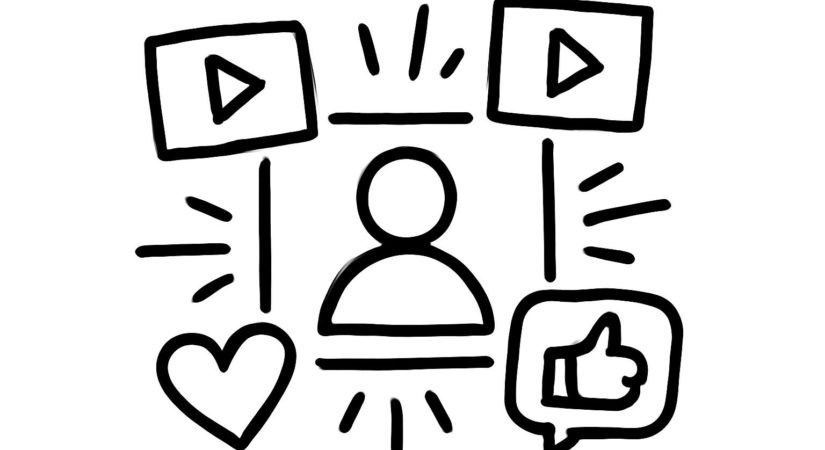AI-generated videos depicting Black women as ‘bigfoot’ figures with exaggerated features and stereotypical behaviors have gone viral on Instagram and TikTok. One popular clip features a character with acrylic nails and a pink wig speaking to her imaginary audience, gaining over a million views.
These videos were created using Google’s Veo 3, an AI tool launched at Google’s developer conference in May. Originally known for generating surreal influencer-style vlogs of characters like biblical figures and cryptids, Veo 3’s technology is now being used to create harmful content that dehumanizes Black women.
Nicol Turner Lee, director of the Center for Technology Innovation at the Brookings Institution, explained the racial implications: “There’s a historical precedent behind why this is offensive. In the early days of slavery, Black people were exaggerated in illustrations to emphasize primal traits.” She called the trend “disgusting and disturbing,” noting how these racist images are easily produced and spread on social media.
Several Instagram accounts promoting these videos have rapidly gained millions of views shortly after launching. The AI-generated characters often speak in caricatured African American Vernacular English, wearing bonnets and threatening violence, while some videos include offensive references like hiding liquor in genitalia.
Veo 3 can create full videos—including scenery, characters, and audio—from a single prompt. One Instagram account links to a $15 online course teaching users how to make similar videos. WIRED’s attempts to contact the course administrators were unsuccessful.
Meta, which owns Instagram, declined to comment, while Google and TikTok acknowledged requests but provided no statements before publication.
Analysis shows multiple copycat accounts sharing or producing similar AI-generated content, often drawing millions of views and likes. These accounts did not respond to requests for comment.
